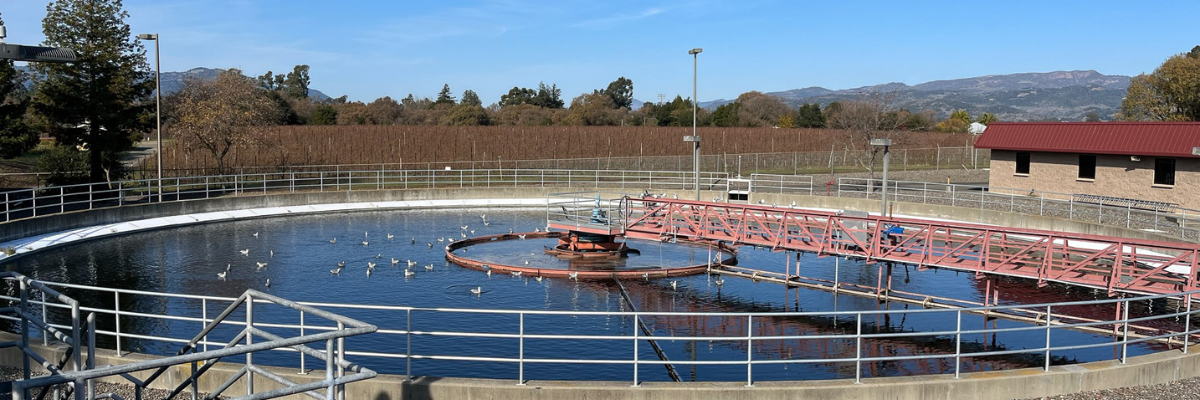
The Sonoma Water Board of Directors will meet on Tuesday, May 13, 2025, to vote on proposed new capacity charge rates.
Capacity charges are one-time fees assessed on new construction or reassessed parcels to help offset the costs of sewer infrastructure, ensuring those expenses are fairly shared among all users of the sewer system.
A recent study found that Sonoma Water had been undercharging for capacity fees and recommended updated one-time rates for new developments and expanded property uses in each district and zone. The proposed rates are intended to ensure that growth continues to fund the infrastructure needed to support expanding communities.
View the 2025 Wastewater Capacity Charges Study here.
Proposed capacity charges per Equivalent Single-family Dwelling (ESD)
At the May 13 Board meeting, Sonoma Water staff intend to recommend Option B for the new capacity charge fees.
Option A - Replacement Cost New
Option B - Replacement Cost New Less Depreciation
District/Zone | Current Charges | Proposed Charges per ESD Option A | Proposed Charges per ESD Option B |
|---|---|---|---|
Airport-Larkfield Wikiup SZ | $15,051 | $36,941 | $19,308 |
Geyserville SZ | $4,984 | $31,143 | $8,046 |
Penngrove SZ | $4,984 | $38,397 | $14,390 |
Sea Ranch SZ | $6,230 | $60,104 | $20,232 |
Occidental CSD | $2,284 | $21,423 | $7,290 |
Russian River CSD | $5,969 | $61,507 | $15,589 |
Sonoma Valley CSD | $17,752 | $49,867 | $19,204 |
South Park CSD | $2,284 | $12,537 | $8,965 |
Learn more about each District or Zone at SonomaWater.org/sanitation
Question? Comment? Visit our Contact Us Form
A capacity charge is a one-time fee that developers pay to help cover the cost of the infrastructure needed for growth.
Per state law, capacity charges will normally be calculated using the methodology that is in effect at the time that a housing development application is determined to be complete, even if the capacity charge is due at a later date. In the case of a valid “preliminary application” under the Housing Accountability Act, the methodology in effect at the time of the filing of the preliminary application will be used. While the methodology is locked in, the capacity charge may still increase due to inflation or due to changes in the project.
With exceptions, housing projects’ capacity charges will normally be collected at final inspection or when the certificate of occupancy is issued, whichever comes first. A contract may be required for the payment of the capacity charges at time of the issuance of the permit.
The capacity charge increase is being proposed following a comprehensive, independent study that evaluated the current fees and the actual costs of providing wastewater infrastructure. The study found that existing capacity charges in several districts and zones had not kept pace with the costs of maintaining and expanding the sewer system, resulting in undercharging for new development.
All sanitation zones and districts managed by Sonoma Water levy capacity charges on new or expanded connections to the wastewater system. Capacity fees are also an industry standard in wastewater management.
At its May 13 meeting, the Sonoma Water Board of Directors will consider multiple options for the new capacity charge rates. Staff plan to recommend "Option B," which bases the fee on the replacement cost of system assets less depreciation. The Board may choose to adopt the staff recommendation, select an alternative option (such as "Option A," which uses full replacement cost without accounting for depreciation) or take other action as permitted by law.
Capacity charges are not new. These one-time fees have been in place since Sonoma Water took over management of the county’s sanitation districts and zones and are a standard practice in the wastewater industry. Sonoma Water has levied capacity charges since assuming responsibility for the sanitation zones and districts in 1995, and the charges are periodically reviewed and updated to reflect the current costs of providing infrastructure to new and expanding customers.
